A Look Back at the Mustache Cups That Kept Tea-Drinkers’ Whiskers Dry
Equipped with a small ledge, they kept gents’ facial hair from getting dunked.
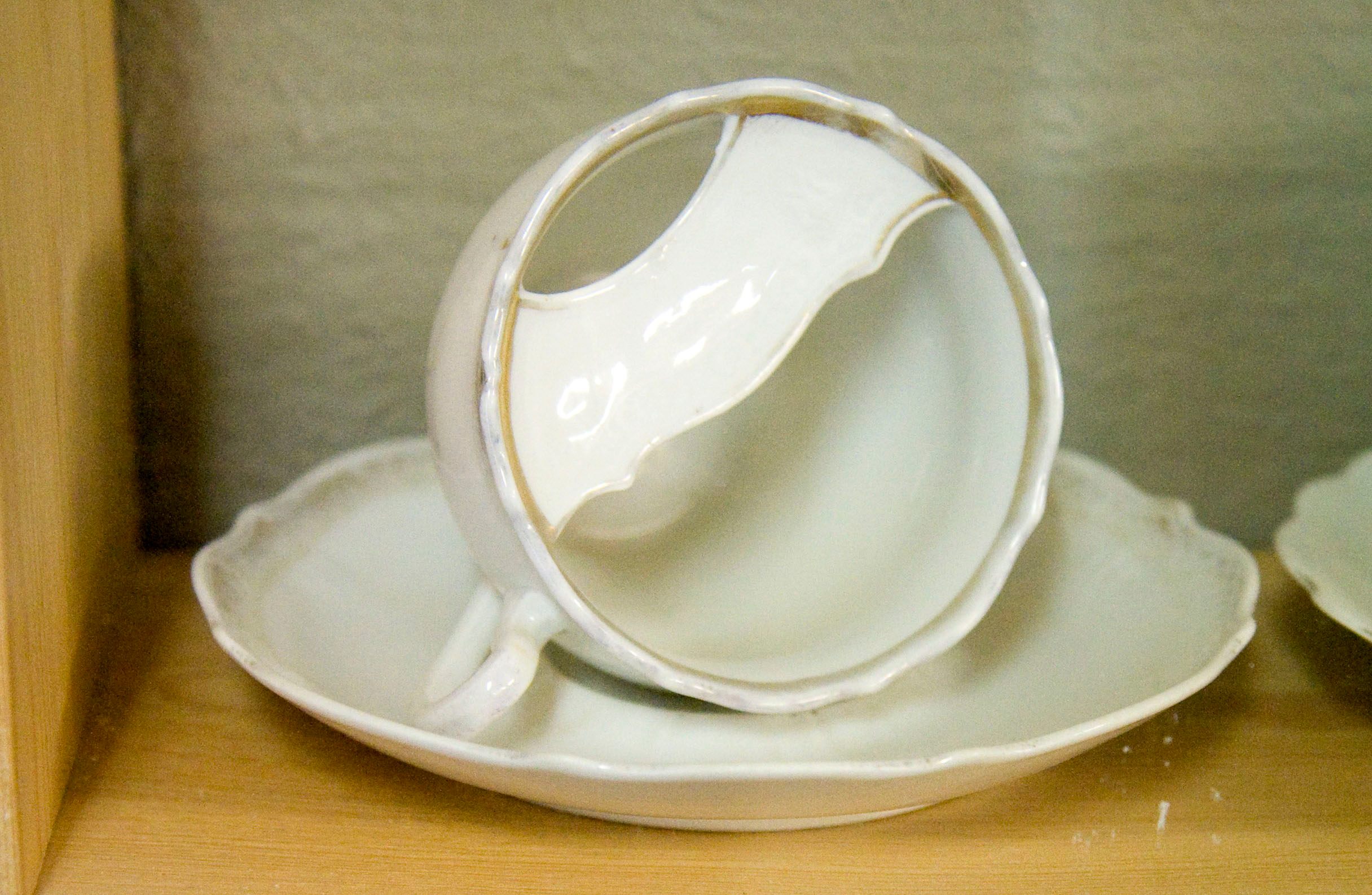
It’s holiday season, 1896. A hairy situation: What do you get the man who has everything, including a luxuriant mustache?
The answer, according to the Wisconsin State Register’s “presents suitable for a gentlemen,” is obvious. What man wouldn’t want a mustache cup and matching saucer?
Being a man in the late 19th century required an impressive mustache, but drinking tea while mustachioed could be perilous. The heat of the drink melted mustache wax, sending the corners of the mustache drooping flaccidly onto either cheek. Mustaches, and their owners, were literally getting into hot water.
The mustache cup was the solution to this embarrassing problem. Almost certainly invented by the British potter Harvey Adams in the 1870s, it was so popular that within 15 years, he was able to retire. He patented a secret shelf, set inside the cup and shaped like a butterfly, with a hole to drink through. In short: sippy cups for adult men. These sold in great quantities, first in the UK, then throughout Europe. In time, they hit the U.S., on offer everywhere from Sears to the department store Marshall Field’s, later owned by Macy’s.

The cups came in many shapes and sizes. Larger “farmers’ cups”’ held as much as a pint of tea, while dainty porcelain pieces were sculpted like conch shells or embossed with the name of the owner. Some were made of silver. Most had saucers to match. (A British newspaper classified of the time reads: ‘‘REWARD—If the Lady who STOLE A GENT’S MUSTACHE CUP on Saturday Night from the Little Dust Pan will apply at once, she can have the SAUCER FREE.”’)
Just 20 or 30 years earlier, there would have been little demand for mustache cups. Statement facial hair was uncommon—only one British Member of Parliament had any kind of facial hair at that time.
But British colonialism changed everything. The British Army, based in India, saw the vigorous whiskers of many local men and were quick to copy them. Stories differ: some say the clean-shaven British army simply wanted to emulate these impressively masculine mousers. Other accounts claim they struggled to maintain authority among their well-plumed Indian troops. Whatever the explanation, from 1860 to 1916, Command 1695 of the King’s Regulations and Orders for the Army was clear: ‘The hair of the head will be kept short. The chin and the under lip will be shaved, but not the upper lip…’ Mustaches swiftly became the norm in the army, at home in Britain, and, in time, across the Atlantic.

Maintaining a mustache could be hard work. Cecil B Hartley, in the 1860 Gentlemen’s Book of Etiquette and Manual of Politeness, warned that mustaches must be kept “within limits” and “never be curled, nor pulled out to an absurd length. Still worse is it to cut them close with the scissors. The mustache should be neat and not too large.”
Rudyard Kipling’s heroines favored a tempered tash: in the short story “Poor Dear Mamma,” one tells the other that kissing a man who doesn’t wax his mustache is “like eating an egg without salt.” (The French author Guy de Maupassant, writing around the same time, said: “A man without a mustache is no longer a man,” and warned that their kisses “have no flavor, none whatever!”)

But the golden age of mustaches, and mustache cups, came to a close during the First World War. It ended, as it had begun, in the British army: the former stipulation was scrapped, as men struggled to maintain good grooming in the trenches. More importantly, a hairy face made it near-impossible to get a decent seal on a gas mask. Industry shifted to serving the troops and the war effort, and the mustache cup fell first from favor and then from sight.
The irrepressible mustache wouldn’t stay down for long. By the late 1920s and early 1930s, it was back on screens and in magazines—think Salvador Dali’s two-whisker wonder, Clark Gable’s miniature handlebar. Men’s philtrums were cosy once again, but the mustache cup was all but forgotten.
These days, you’ll mostly find them in museums or private collections of Victoriana—or, unexpectedly, holding a cocktail at New York’s Dead Rabbit Bar in the Financial District. There, bar manager Jack McGarry sources antique examples from eBay and serves 1870s-style punch in them. Most of the clientele don’t have the mustaches to match their crockery, he says, though the mustache guard does do an excellent job at holding back the ice.
Gastro Obscura covers the world’s most wondrous food and drink.
Sign up for our regular newsletter.





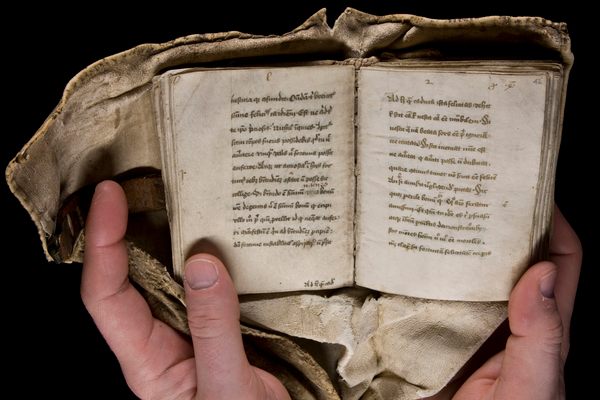
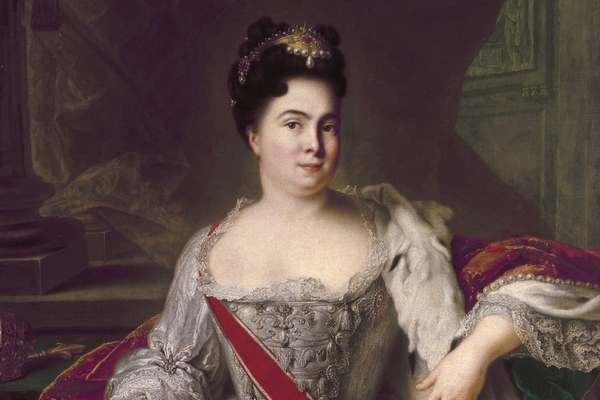
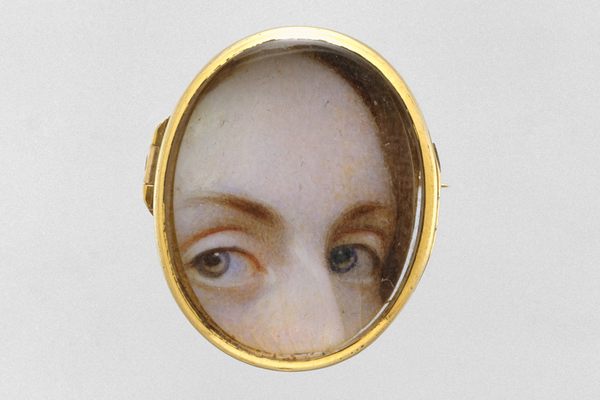
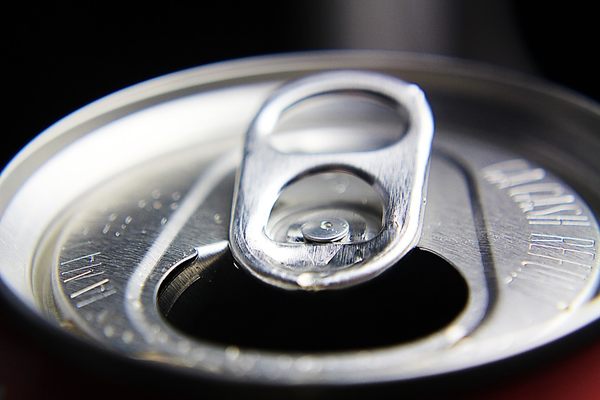















Follow us on Twitter to get the latest on the world's hidden wonders.
Like us on Facebook to get the latest on the world's hidden wonders.
Follow us on Twitter Like us on Facebook